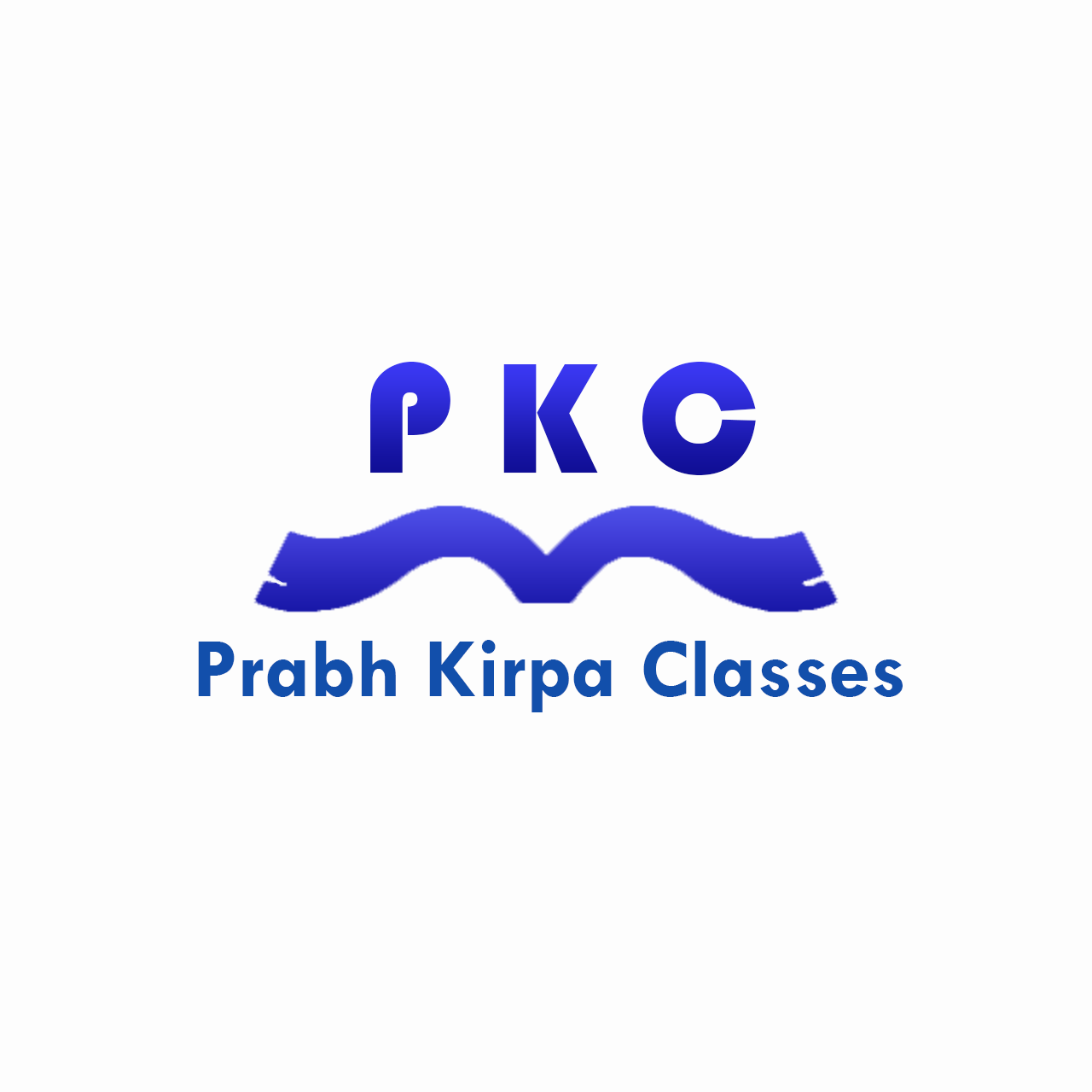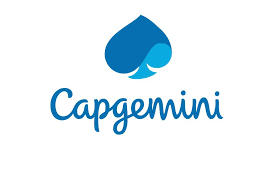Matters in our surrounding
Matters in our surrounding

Lectures -5
Duration -2 hours

Get your team access to 10000+ top Tutorials Point courses anytime, anywhere.
Course Description
As we look at our surroundings, we see a large variety of things with different shapes, sizes and textures. Everything in this universe is made up of material which scientists have named “matter”. The air we breathe, the food we eat, stones, clouds, stars, plants and animals, even a small drop of water or a particle of sand – every thing is matter. We can also see as we look around that all the things mentioned above occupy space and have mass. In other words, they have both mass* and volume**. Since early times, human beings have been trying to understand their surroundings. Early Indian philosophers classified matter in the form of five basic elements – the “Panch Tatva”– air, earth, fire, sky and water. According to them everything, living or non living, was made up of these five basic elements. Ancient Greek philosophers had arrived at a similar classification of matter. Modern day scientists have evolved two types of classification of matter based on their physical properties and chemical nature. In this chapter we shall learn about matter based on its physical properties. Chemical aspects of matter will be taken up in subsequent chapters.
Particles of matter are continuously moving, that is, they possess what we call the kinetic energy. As the temperature rises, particles move faster. So, we can say that with increase in temperature the kinetic energy of the particles also increases. In the above three activities we observe that particles of matter intermix on their own with each other. They do so by getting into the spaces between the particles. This intermixing of particles of two different types of matter on their own is called diffusion. We also observe that on heating, diffusion becomes faster. Why does this happen?
Goals
- What are the three different states of matter? What are the properties of solids, liquids and gases? What is the meaning of Rigidity and Compressibility?
- What is the meaning of Fluidity, Kinetic Energy and Density? How to convert the Kelvin temperature to Celsius temperature and vice v
- What is the physical state of water at different temperatures? How to liquefy atmospheric gases? Why water is a liquid at room temperature?
- Why is ice at 273 K more effective in cooling than water at the same temperature? 10. What produces more severe burns, boiling water or steam?
- What is melting, vaporisation, condensation, freezing, sublimation and deposition? Matter is not continuous but made up of small tiny particles. Explain.
- Do we sweat more on a dry day or on a humid day? Explain. 14. Why wet clothes do not dry easily on a rainy day? 15. After rains, wet roads dry quickly. Why?
- How do wind speed and surface area affect the rate of evaporation? 17. What is dry ice? What are its various uses?
- Butter is generally wrapped in wet cloth during summer if no refrigerator is available. Explain. 19. Define evaporation. What are the various factors which aff
- Sugar when kept in Jar of different shapes adopts the shape of the jar, yet we call it solid. Why?
- How is heating of sugar different from heating of ammonium chloride? 22. Sponge is a solid, yet we are able to compress it. Give reasons.
- For any substance, why does the temperature remain constant during the change of state? + many more questions relating to the everyday life

Curriculum
Check out the detailed breakdown of what’s inside the course
Matters in our surrounding
5 Lectures
-
Introduction 03:00 03:00
-
Properties of solids, liquids and gases. Characteristics of particles of matter 16:51 16:51
-
Understanding the course with real life examples 52:41 52:41
-
Understanding the course with real life examples Part -2 19:27 19:27
-
Factors affecting evaporation. Dry Ice + many important questions 33:24 33:24
Instructor Details

Prabh Kirpa Classes
Course Certificate
Use your certificate to make a career change or to advance in your current career.

Our students work
with the Best


































Related Video Courses
View MoreAnnual Membership
Become a valued member of Tutorials Point and enjoy unlimited access to our vast library of top-rated Video Courses
Subscribe now
Online Certifications
Master prominent technologies at full length and become a valued certified professional.
Explore Now



 Updated on Jul, 2024
Updated on Jul, 2024
 Language - English
Language - English